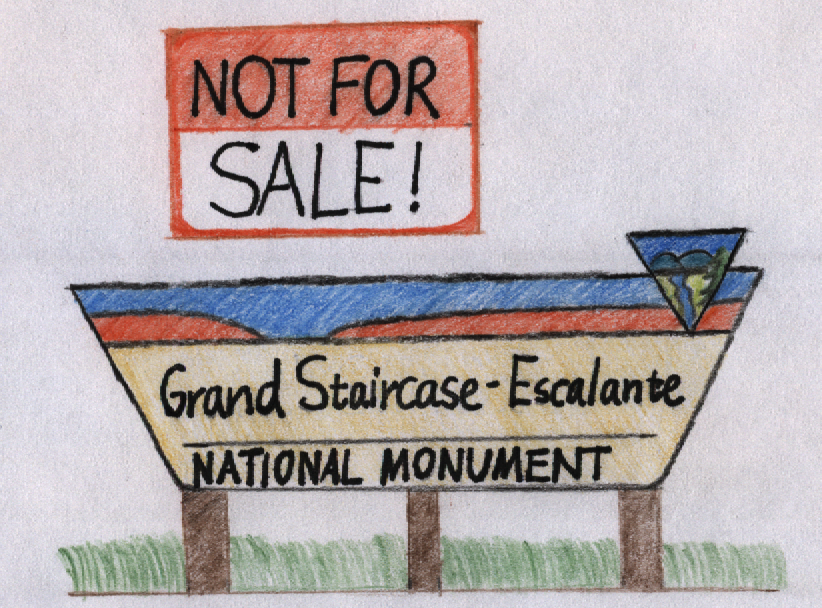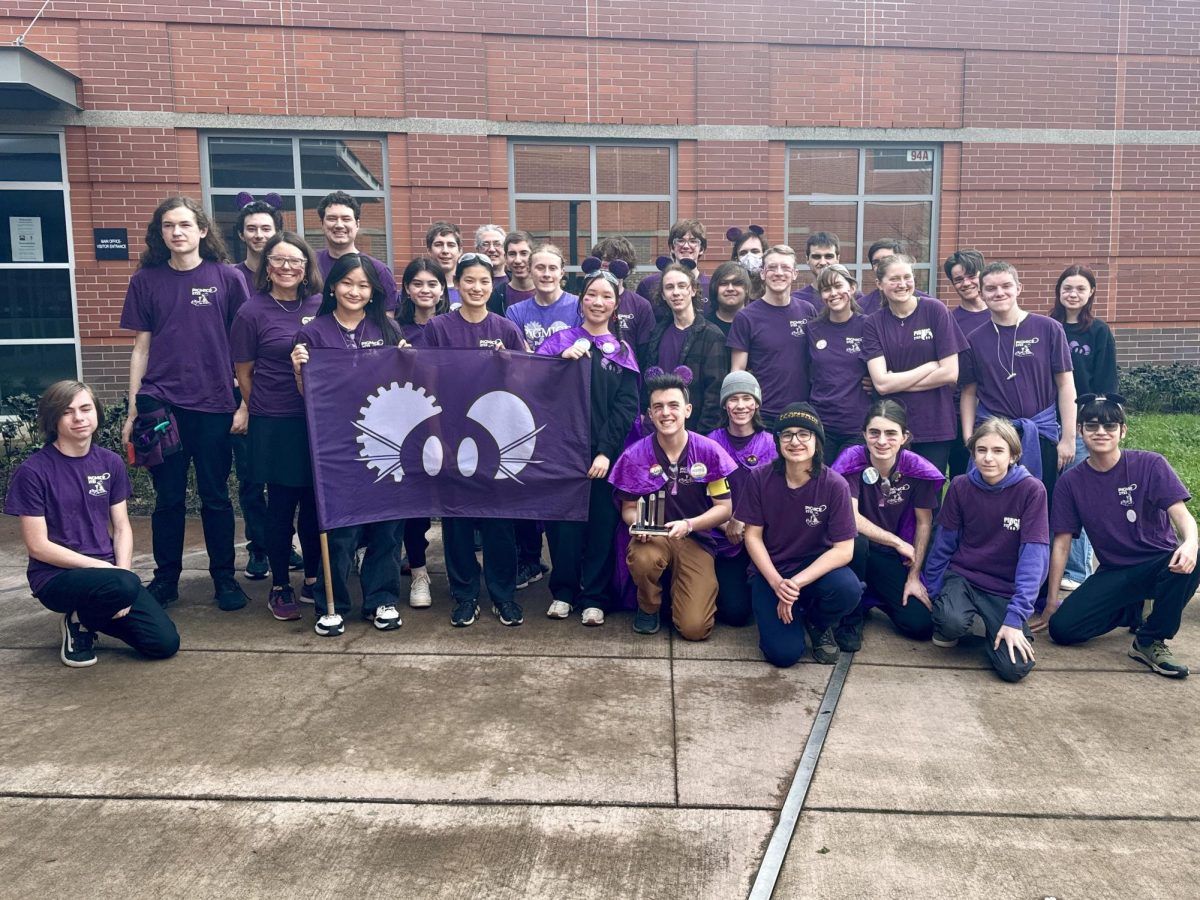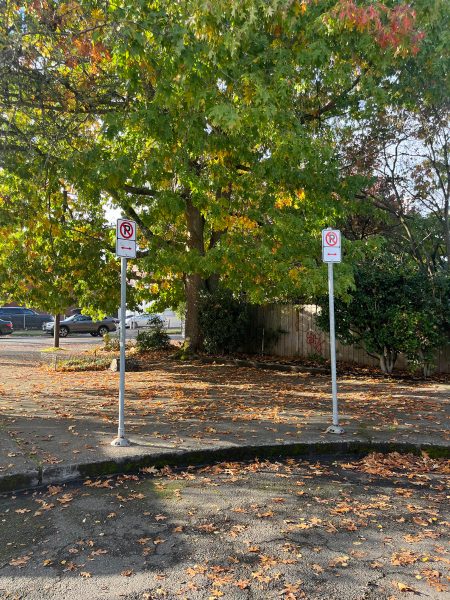A Monumental Display of Disrespect
Does the history of a national monument take a backseat to the land’s commercial possibilities? Should potential profit trump preservation? Apparently, it did.
January 16, 2018

Demonstrating his apparent knack for making controversial decisions, President Donald Trump significantly shrunk the size of two national monuments in Utah on Dec. 4. The area of Bears Ears National Monument was decreased by 85 percent and the area of Grand Staircase-Escalante was cut by nearly half.
Both places were designated as monuments within the last 25 years (Bears Ears in 2016 by Barack Obama and Grand Staircase-Escalante in 1996 by Bill Clinton) by the Antiquities Act, which was signed into law by Theodore Roosevelt in 1906. It allows the President to create national monuments from federal lands in order to protect features that have any natural, cultural, or scientific significance.
However, Utah politicians, including Senator Mike Lee, have protested that previous presidents have incorrectly used the law by designating areas of land that were too big (the law states that presidents should classify the “smallest area compatible with proper care and management of the objects to be protected”) and have wanted more local control over the land in Utah.
In all, two million acres were lost, which makes this the largest reduction of federal land protection in U.S. history. You are completely entitled to have whatever opinion you want about our president, but to me, this decision seems disrespectful in several ways. First, the land will be used for either development, drilling, mining, or fracking, which ignores the historical significance of both monuments, and disregards the Native Americans associated with them. Second, it reflects a long history of the U.S. government’s hostility and indifference towards Native Americans.
Bears Ears has well-established cultural connections to Native Americans. Most of Cedar Mesa, a plateau covering around 400 square miles, is contained within the park. The Clovis people, the ancestors of the majority of the indigenous cultures in the Americas, hunted there up to 13,000 years ago. Some of their tools, including Clovis points that were probably fastened to spears or darts, were first dug up near Clovis, New Mexico in 1929. Ancestral Puebloans, ancestors of the Hopi of northeastern Arizona and Zuni of western New Mexico, lived there more than 2,500 years ago and have left behind baskets used for corn storage, the remains of family dwellings, and the roads that connected villages. Bears Ears is home to more than 100,000 archaeological sites that have given us a better understanding of the cultures of all the different peoples who lived there in the past. Cutting its area by a large amount does not show much sympathy for preserving and exploring those cultures. Given that several Native American tribes, including the Hopi, Navajo, Ute, and Zuni, consider the land to be sacred, it also shows disdain for a place that is very important to other groups of people.
Like Bears Ears, Grand Staircase-Escalante also has deep historical connections to Native Americans. Initially, people lived there as hunter-gatherers, but after about 1000 BCE, they became more sedentary and started experimenting with agriculture. The Anasazi lived in the south, while the Fremont people occupied the northeastern part of the region. This lasted until 1100 CE, when the Anasazi moved into the area inhabited by the Fremont, beginning, according to the archaeological record, a century of peaceful co-existence. In the middle of the 13th century, both groups moved south across the Colorado River and formed the present-day Hopi people. Tools, pottery shards, rock art, and ancient residences such as pit houses (buildings half dug into the ground to provide shelter from extreme weather) can still be found in the area.
The reduction of the Grand Staircase-Escalante National Monument raises another issue in paleontology because of its fossil records. Since its inauguration in 1996, scientists and amateurs have found more than 3,000 sites containing fossils that are intact and identifiable. Hundreds of thousands of fossils have been collected, and 40 new animal species, including 13 new species of dinosaur, were uncovered, all of which lived in a tropical rainforest ecosystem that covered much of the southwestern U.S. at one point. It is also important to note that the fossils came from the late Cretaceous period, which ended with the extinction of the dinosaurs 65 million years ago. Going back to the Antiquities Act, the chance to discover more about this event certainly seems to qualify Grand Staircase-Escalante as scientifically significant, and the Native American connections seen both there and in Bears Ears are historically significant. It doesn’t make sense to surrender these monuments to fracking and development if they contain places and objects that are either significant to science or Native Americans. In the latter’s case, it adds another chapter in a long history of disrespectful treatment by the U.S. government.
Ever since the U.S. became a country, the government has demonstrated a lack of respect towards the Native Americans who originally populated the land. The Indian Removal Act of 1830 was signed by President Andrew Jackson and passed in order to give southern states the land that Native Americans had settled on. This led to the Trail of Tears, where thousands of American Indians were forced, sometimes under the threat of violence, to leave their homelands in the southeastern United States. By moving west, many died from exposure to new diseases or starvation. On March 3, 1871, the Indian Appropriations Act was passed, declaring that no group of Native Americans in the United States would be considered an independent nation by the government. By subordinating Native Americans, and not seeing them as equals, this made it easier to enforce other laws on them in the future. Beginning in the mid-1940s, the government adopted an Indian termination policy that lasted two decades, forcing Native Americans to assimilate themselves into the greater American society. Although this aim wasn’t new at the time, having been the goal for several centuries, the government was no longer taking consent into account. It meant that tribes could no longer rule themselves and that Native Americans had to pay state and federal taxes, something they never had to do before. All three of these actions taken by the government display a sense of superiority over Native Americans, that their opinions take a backseat to what the government thinks is correct. How is this national monument issue any different? President Trump and the government seem to believe that part of the land previously designated as a national monument is better suited for something else other than preservation of science and culture. Why should that be happening?
Superficially, all of this happened more than a month ago. Life went on. Another year was added to the past. But that wasn’t the case for everyone. Some people know that there’s more to those two monuments than just a name and a place on a map. Now you do, too. There’s millions of years of information about organisms that are long gone. There’s meaning for a group of people whose cultural connection to that place goes back many millennia. Then why is it being put at risk of being lost forever? We need to learn from one history so we can focus on preserving another.

























